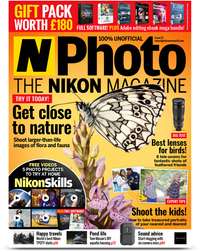How to shoot landscape photographs with a telephoto lens
You don't need a wide-angle lens to shoot landscape photos! Here's how to get a fresh look using longer lenses
Landscape shopping list
• Best cameras for landscapes
• Best lenses for landscapes
• Best tripod for photographers
• Best camera bag for travel
Watch video: How to shoot landscapes with a telephoto lens
Landscape photography is often associated with wide-spanning vistas and beautiful panoramic imagery, but here's how to break the rules by ditching the wide-angle and using a big zoom.
The 50mm focal length is generally accepted as being similar to what the human eye can see. Lenses with a focal length lower than this are considered to be wide-angle; they’re preferred for landscapes, as they can fit more of a scene onto the camera’s sensor. Lenses with a focal length higher than 50mm are considered to be telephoto, but the best telephoto lenses can work brilliantly for landscapes as well.
Lenses with big zooms help you compress a scene so that you don’t end up with barrel distortion (a common trope with wide-angle optics). They also enable you to zoom in and pick out specific details, like a solitary tree or building. And if you shoot around the golden hour, you can play with the long shadows you’ll get from the low angle of the sun.
If you don’t have a telephoto lens, consider investing in one. It will provide you with many more photographic opportunities, from snapping faraway animals to creating the compressed landscapes in this project. The Nikon 70-300mm f/4.5-5.6E ED VR we used typically costs less than £600 / $600 (at the time of writing) and you can pick up second-hand 70-300mm optics from under £100 / $100.
Raring and ready to go long? Here’s what you need to know…
How to shoot landscapes with a telephoto lens
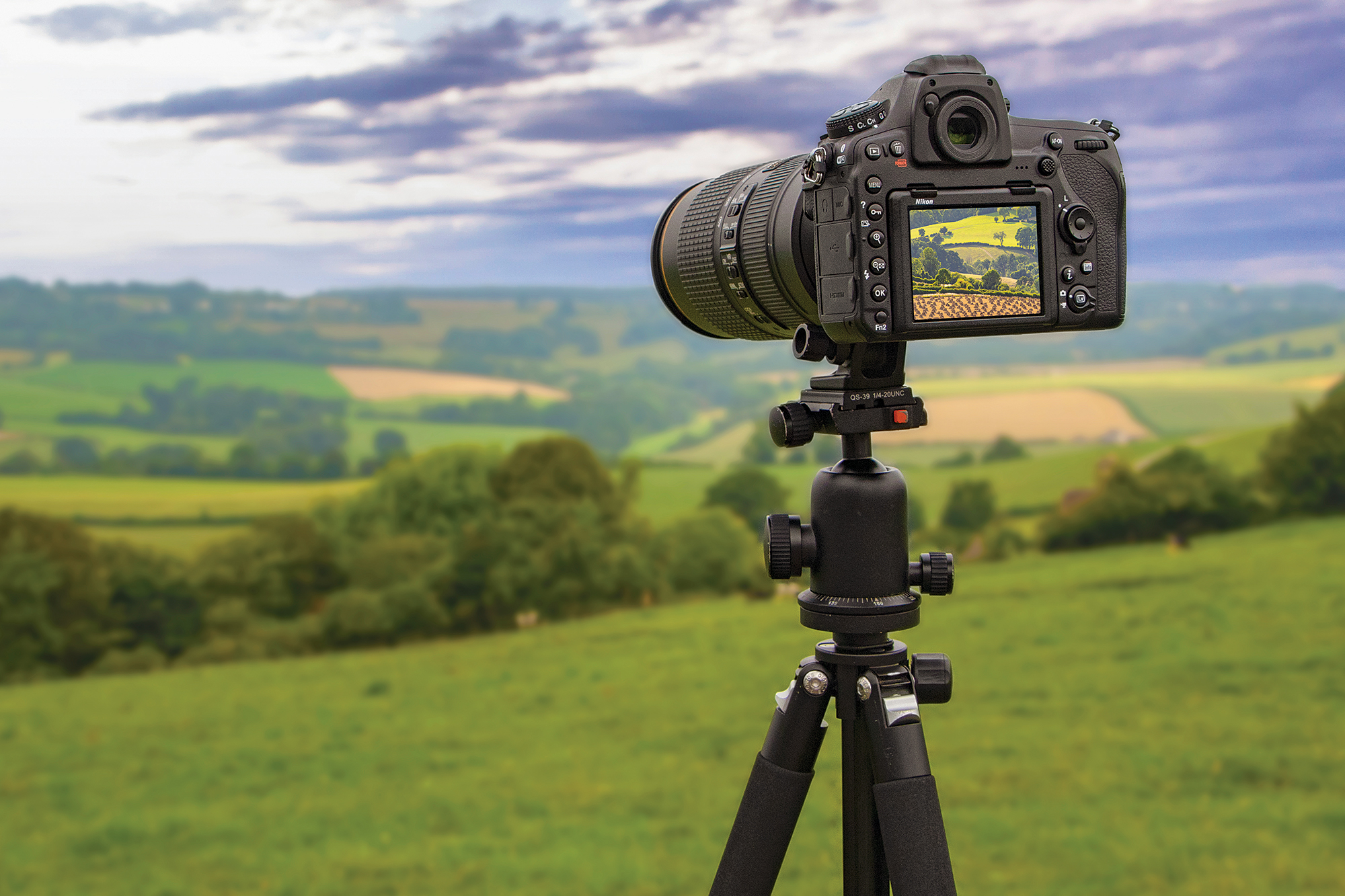
1. Use a tripod
Landscape is one of the few genres in photography where you have the luxury of time. So for any landscape image, it’s best to set up on a tripod as doing so will help you eliminate camera shake – and also make it easier to fine-tune your composition. For the most stable tripod setup, make sure that all three legs are planted securely on the ground and refrain from raising the central column unless you absolutely have to.
• Best tripods for photography
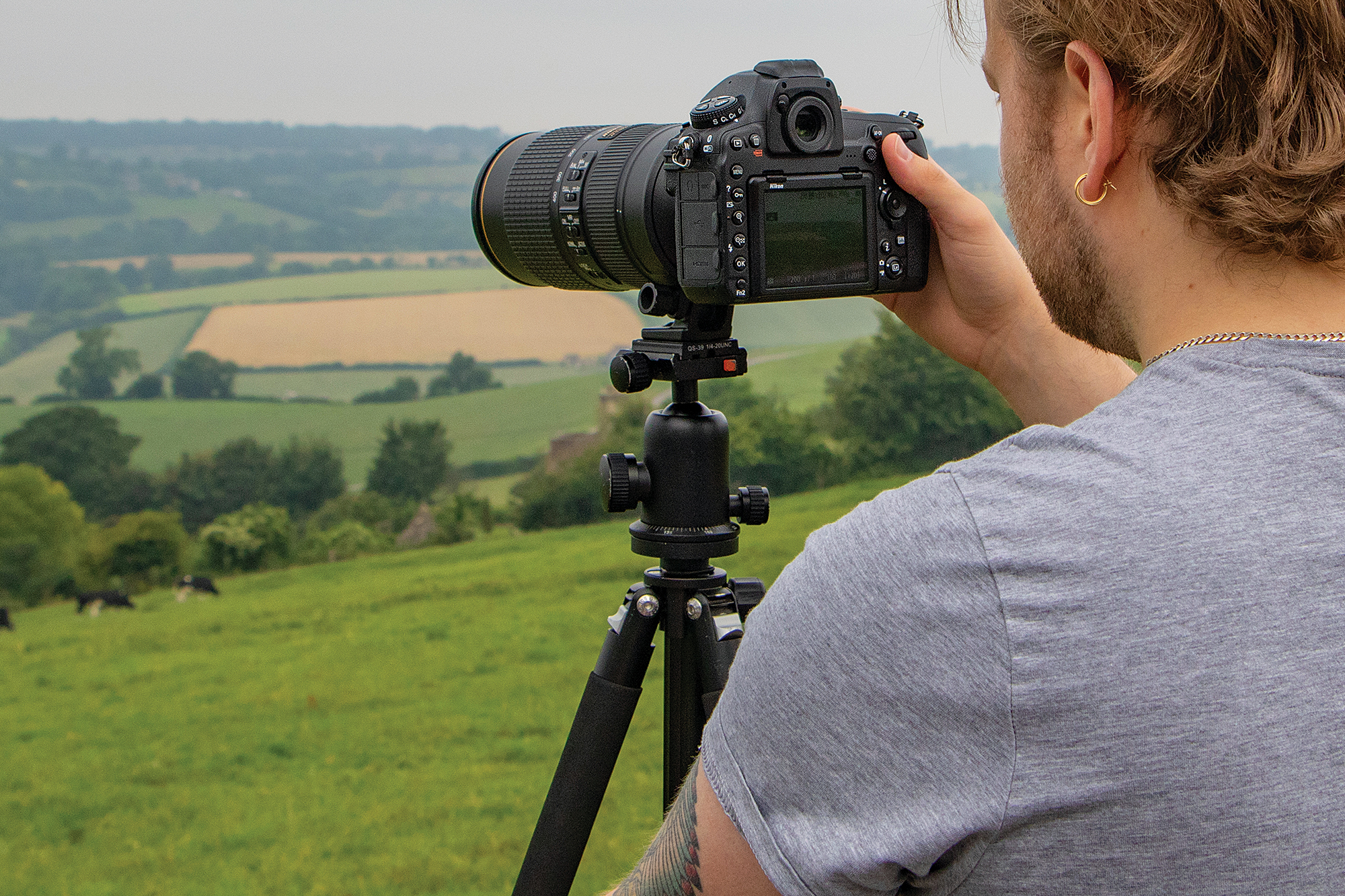
2. Try a tripod mount
Attaching a camera to your tripod with a heavy lens could strain the lens mount. To combat this, some telephoto lenses have a tripod collar and foot. Use this to mount your lens on the tripod, rather than the camera body – it will centralize the weight for a more stable setup, too.
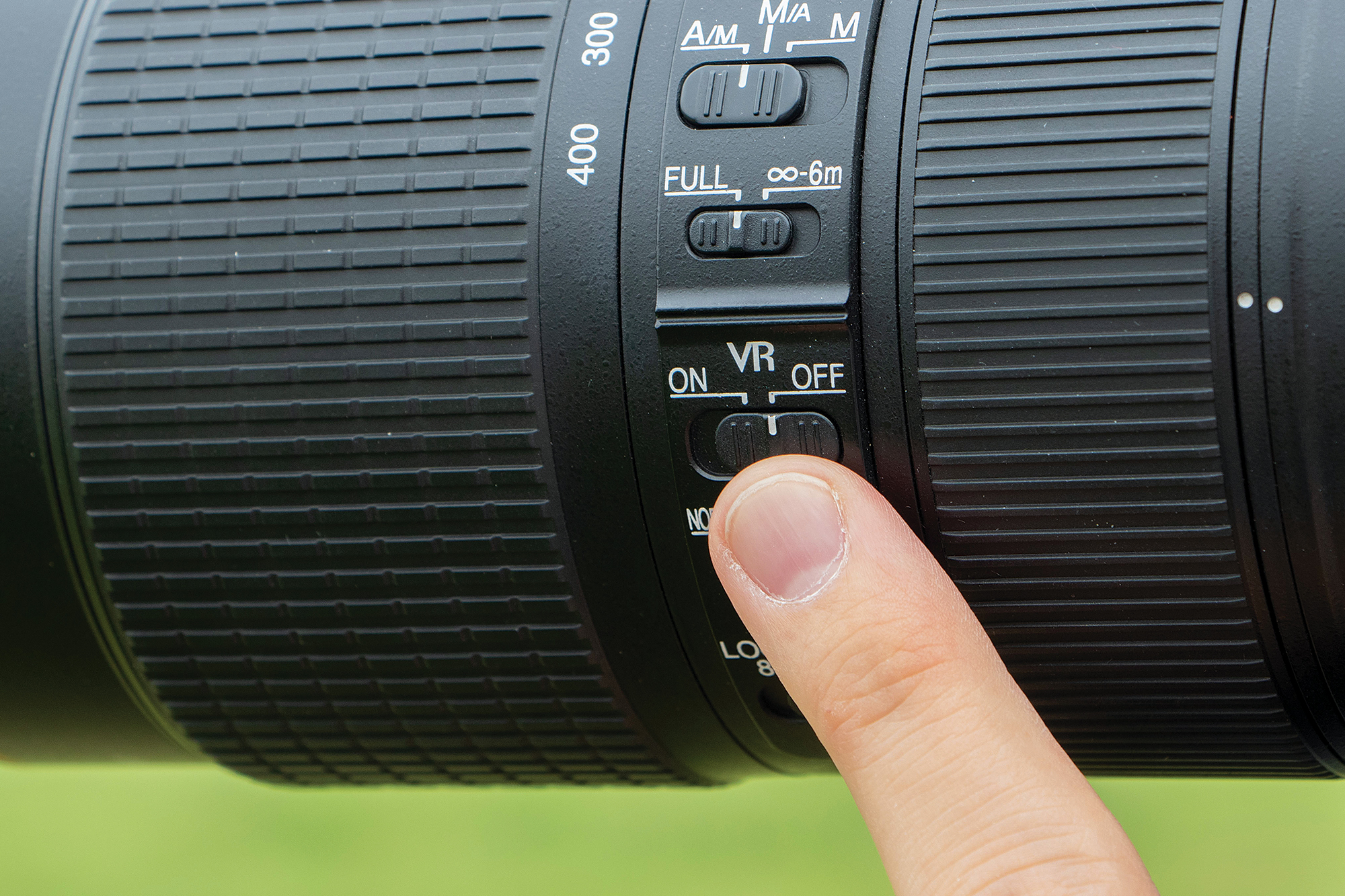
3. Turn off stabilization
Image stabilization is handy for reducing camera shake, but when you’re using a tripod these systems have been known to correct for movement that isn’t there. To ensure that you capture the sharpest shots, switch off any stabilization technology.
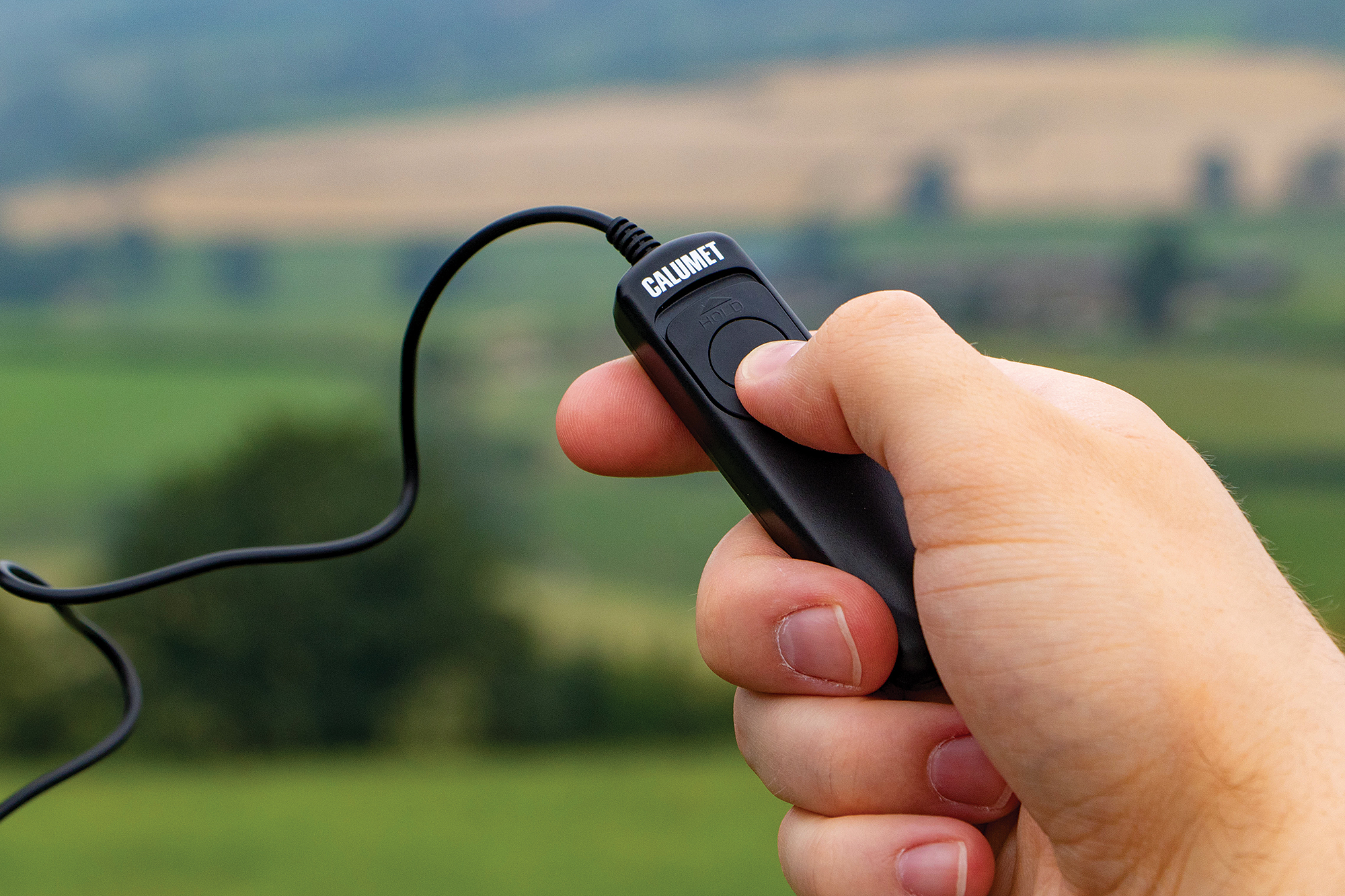
4. Improve accuracy
Camera shake is exaggerated when using longer focal lengths – even pressing the shutter button can wobble the camera enough to blur your shot. Use a shutter release cable to avoid jogging the camera when activating the shutter.
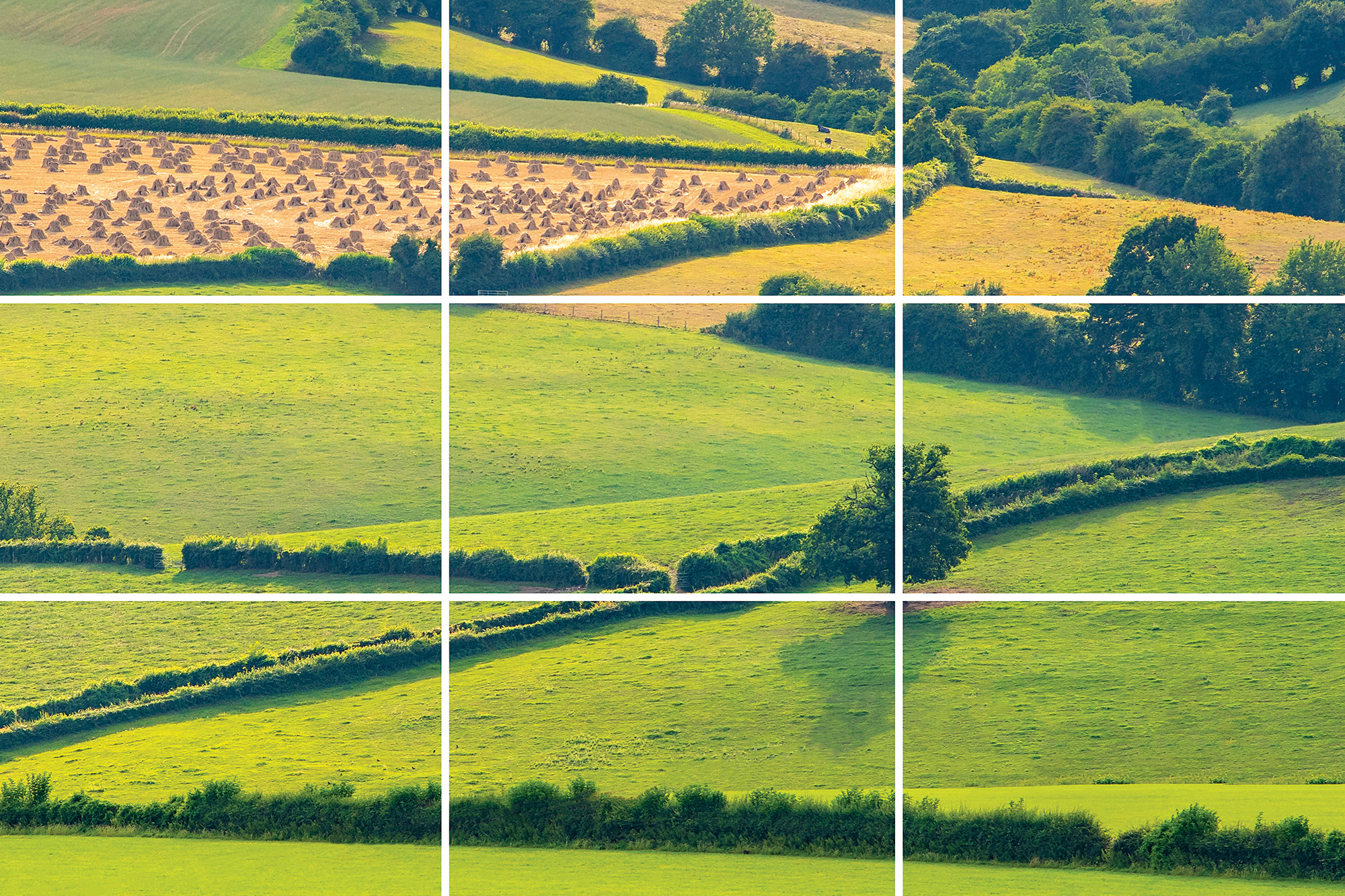
5. Increase your stability
As with any landscape image you’ll want a strong focal point in the frame to draw the viewer’s eye. This could be a building, a lone tree or even a hay bale in a field. Try placing this in your frame using the rule of thirds to strengthen your composition. Set your camera to Aperture Priority and set the aperture to f/11 for a wide depth of field. Then make that sure evaluative / matrix metering is on and, if shooting handheld, that the shutter speed is set to around 1/200 sec or faster by raising the ISO accordingly.
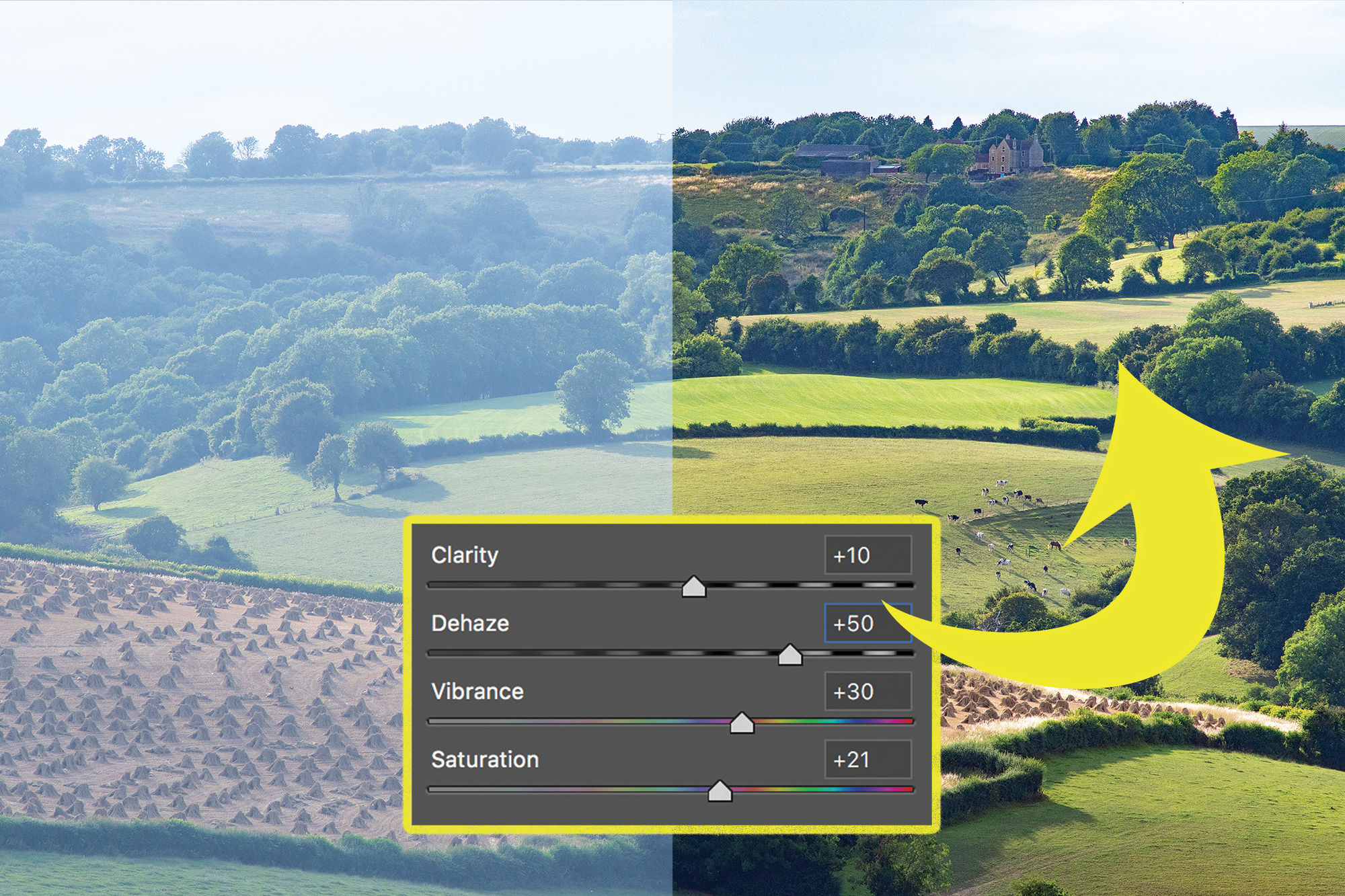
6. Erase the haze
Dehaze is a rather clever tool in Adobe Lightroom and Camera Raw. It’s primarily used to reverse the effects of fog or haze by increasing contrast and sharpness, although it can be used to amplify the effects of such phenomena too. Simply move the Dehaze slider right to decrease haze (sliding left will increase it). This is particularly useful when shooting landscapes on a hot and humid day.
N-Photo: The Nikon Magazine is a monthly publication that's entirely dedicated to Nikon users. For the best news, reviews, projects and more, subscribe to N-Photo today!
Read more:
The best tripod for photographers
Best cameras for landscape photography
The best camera bag for travel
Get the Digital Camera World Newsletter
The best camera deals, reviews, product advice, and unmissable photography news, direct to your inbox!

Mike is Digital Camera World's How To Editor. He has over a decade of experience, writing for some of the biggest specialist publications including Digital Camera, Digital Photographer and PhotoPlus: The Canon Magazine. Prior to DCW, Mike was Deputy Editor of N-Photo: The Nikon Magazine and Production Editor at Wex Photo Video, where he sharpened his skills in both the stills and videography spheres. While he's an avid motorsport photographer, his skills extend to every genre of photography – making him one of Digital Camera World's top tutors for techniques on cameras, lenses, tripods, filters and other imaging equipment – as well as sharing his expertise on shooting everything from portraits and landscapes to abstracts and architecture to wildlife and, yes, fast things going around race tracks...
